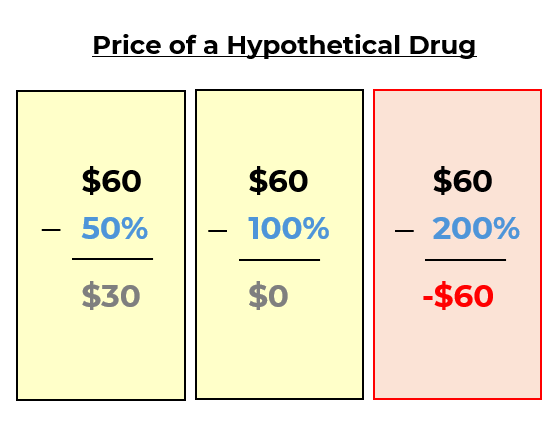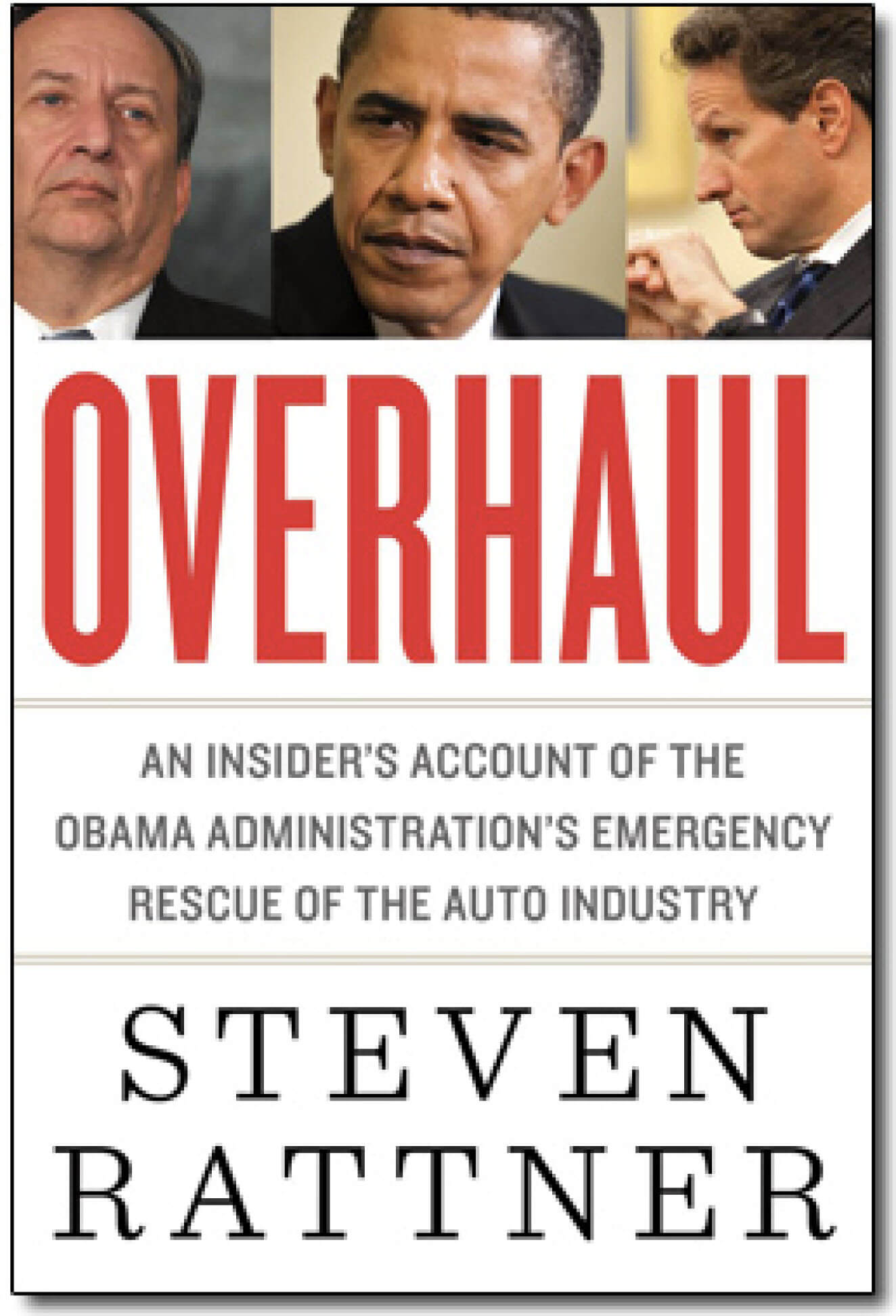Originally published in the Washington Post
The superbly crafted rescue plan that the Treasury announced Sunday represents not an end to the perils of Fannie Mae and Freddie Mac but merely the beginning of a new chapter. Conservatorship of the government-sponsored enterprises does not resolve the long-term questions, and the hardest part of the job lies ahead.
While the Treasury plan left open the possibility of continued private ownership of the GSEs, similar to how bankrupt companies are reorganized, that’s not a viable option. As Treasury Secretary Henry Paulson said, Fannie and Freddie’s unique status as, in effect, partnerships between the federal government and the private sector simply doesn’t work.
Fannie Mae was created in 1938 to provide capital to the Depression-strained mortgage market. But in 1968, eager to keep the Vietnam War from inflating the federal deficit, President Lyndon Johnson privatized Fannie with a vague but implicit government guarantee of its debt.
That left Fannie — and Freddie, when it was created two years later — free to use government credit to profit private shareholders. With management incentivized by bonuses and dollops of stock options, it was only a matter of time before this privilege was abused.
If the GSEs had stuck to their original missions, trouble — or at least disaster — might have been averted. But in recent years, as private mortgage providers dangled in front of home buyers more attractive financings than what the GSEs were offering, Fannie and Freddie responded not by stepping back and allowing their role in the market to contract but by competing in the mosh pit of subprime and Alt-A loans.
So what should we do?
Notables such as Alan Greenspan have suggested that if the GSEs are too big to be allowed to fail (as, indeed, they are), they should be broken up, made smaller and fully privatized, without even a whiff of government support.
But this appealing concept ignores the fact that the reason for Fannie Mae’s creation — providing liquidity to the mortgage market in difficult times — remains compelling, and no more so than present. With private providers vaporized or sidelined, Fannie and Freddie account for around 70 percent of the mortgage market. Ironically, the best solution may well be to go back to the original structure of the GSEs: federally owned, with a limited, carefully defined and closely supervised role of underpinning the private providers of mortgage credit rather than competing with them.
To achieve that in a way that is fair to existing debt holders and shareholders, we should consider setting up a new government entity. (We could even call it the Federal National Mortgage Association, the original name of Fannie Mae.)
As quickly as possible, responsibility for providing liquidity to the mortgage market would be transferred to this new entity. Once freed of buying more mortgages, Fannie and Freddie could begin an orderly liquidation, selling off their portfolios as market conditions permitted and allowing their guarantees of securitized debt to roll off as the underlying mortgages were paid off or refinanced. The Treasury appeared to set the stage for this possibility by including within its package a requirement that a sell-off begin.
As with any corporate liquidation, cash coming in would go first to pay off outstanding debt and then to shareholders, initially to the federal government to the extent that it ends up infusing capital pursuant to Sunday’s plan. If anything remains, holders of preferred stock and then common stock would be the recipients. That would be a fair result for all parties.
Some will argue that even in a shrunken state — returned to the original mission but run by government bureaucrats rather than private-sector finance experts — this new entity would pose unacceptable risks for taxpayers. But Fannie Mae existed successfully for three decades in this fashion, and the Federal Reserve has served in a similar capacity — as provider of liquidity to financial institutions — for far longer without even a meaningful misstep.
Others will maintain that we need the GSEs too much to start mucking about with new structures beyond the conservatorship just announced. Indeed, to ease fears about the continuing meltdown in housing values, the new package included an increase in the GSEs’ authority to buy mortgages. While understandable, this will complicate a wind-down of the GSEs and underscores the need to move quickly on a more fundamental restructuring.
In addition to new structures, we will need to address an even tougher question: how much support the federal government should provide for housing. Whether or not the program announced Sunday causes actual cash losses for the Treasury, no one should be confused about the mammoth implicit cost of this rescue, particularly the extension of an iron-clad guarantee to $5 trillion worth of GSE obligations, roughly as much as all publicly held Treasuries.
That’s on top of decades of (in effect) subsidized borrowing costs for the GSEs, as well as other expensive programs such as the mortgage interest deduction, all to the enormous benefit of the American people. But with a large budget deficit and mounting obligations, we should think harder about the tradeoffs between housing and other urgent needs.





